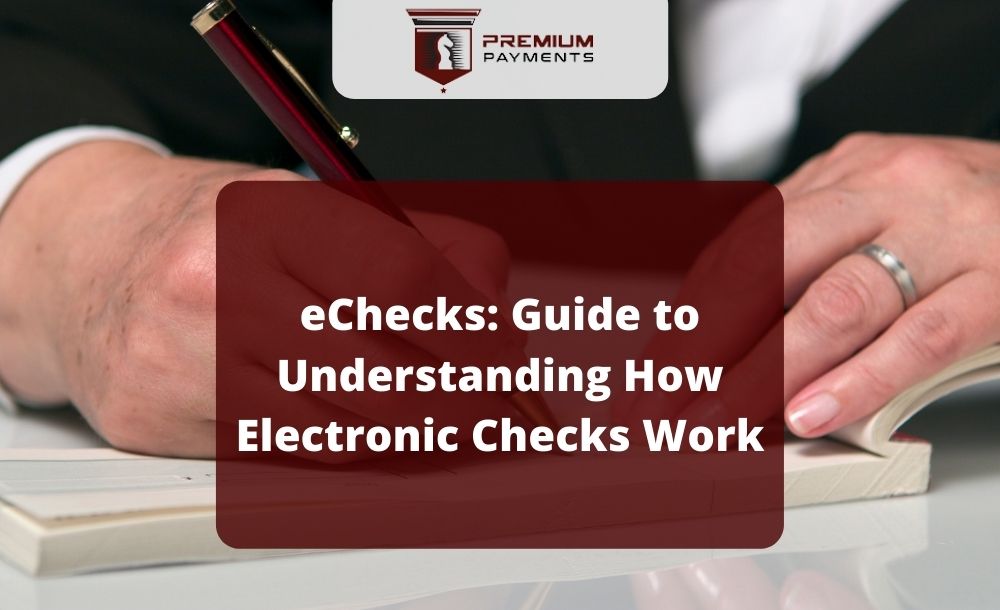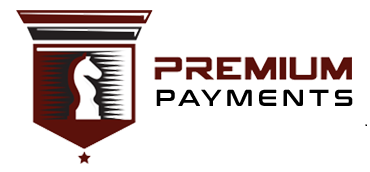
Electronic modes of payment are dominantly preferred among consumers in today’s world. Due to a significant rise in online shopping and other internet services, debit and credit cards have largely replaced cash transactions. In 2020, eCheck payment processing is a highly utilized and established online payment method. Virtually every primary payment gateway has the eCheck processing option.
If you have been running a business for a while, this term has probably crossed your path at one point or another. Some of your clients might have requested you to make payments with an eCheck. Therefore, as a business owner, you need to have a little understanding of what happens when a client pays through an eCheck?
Simply put, an eCheck is an online payment method as an electronic version of a paper check. The eCheck payment online payment methods work the same way as a paper check does. The money is electronically debited from the payer’s account and gets credited into the payee’s account over the ACH (Automated Clearing House) network. The eCheck payment processing must be authorized by the payer via acceptance of the website’s terms and conditions or signed contract to get initialized.
eCheck works the same way a paper check does. The payer gives the eCheck to the payee electronically while filling it with the help of electronic devices. The payee deposits the eCheck and receives credit once the payer’s bank approves clearance.
eCheck payment processing is way faster than the processing of a paper check. As the entire process happens electronically, it saves both time and paper waste.
There are four major steps involved in each transaction done with an eCheck. Though the process mirrors paper checks, it is done electronically and faster. The payer doesn’t need to fill manually, and the receiving institution doesn’t require manual receiving.
Step 1- Authorization: Once the payer is done paying through an eCheck, the payment needs to get authorized by the payer, to get initialized and credited to the payee’s account. This step is done through an online payment processor and is handled typically by a payment request system. The payer can quickly authorize the transaction through a button press. The payer can also do an eCheck authorization through a phone conversation, online form, or a signed contract.
Step 2- Processing: Once the payment gets authorized by the payer and the payer’s bank, this is the very next step of the eCheck payment processing. The payment processor initiates the process of transferring funds between the payer and the payee. Again, online payment processing software handles this step. Typically, the amount of the payment is already set within the solution. Once the payer’s bank does the authorization, this step can be skipped practically. The payee needs to enter a proper account number and the amount into an online form, outside the online payment solution.
Step 3- Finalize: At this stage of the eCheck payment processing, the payment processor does a systematic verification of the account and the routing numbers between the banks. The payment process either handles it automatically or manually, overseen by the payee. If every detail is found to be accurate, the payment is officially submitted to the ACH system. Typically, at this point, the amount is transferred out from the payer’s account and is sent to the payee.
Step 4- Deposit: This is the final step of the eCheck payment processing. The payer’s fund gets deposited in the payee’s account, and the transaction becomes successful within 3 to 5 days after the ACH transaction is initiated. Both parties receive the payment confirmation, either through email, text message or a printed receipt.
Every month, a few hundred people consult Google regarding the safety of using an eCheck. It is understandable because, like credit and debit cards, this payment method hasn’t seen much use. But thanks to the financial organizations, telecommunication firms, and government agencies, the answer to the question is a definite ‘yes’.
You might also want to know one more fact before considering receiving an eCheck payment.
Well, the fact is that eChecks are way more reliable than paper checks. According to the recent Payments Frauds and control survey of AFP (Association for Financial Professionals), a higher number of participating organizations experienced check fraud. Less than half of them were the target of EFT (Electronic Fund Transfer).
A paper check goes through many hands, creating more opportunities for criminals to plan a fraud. The eCheck payment processing is done electronically between financial institutions.
A paper check can also miss some vital information such as signature, date or also can contain wrong information and still be processed and cleared. But in the case of an eCheck payment processing, the payment will not get initiated until the issue is resolved.
Generally, payment processing software handles the eCheck payment processing. The payment gateway provider verifies all the information provided by the person. The acceptance service compares all the information provided by the client and the information given to the issuing bank. If both the data don’t match, the payment gets declined.
Besides, a check acceptance service also scans the database of individuals and the bank account history of the companies as a part of the verification process. If any of the accounts has a history of fraudulent activity, the account is flagged.
Your business needs to have an eCheck merchant account to make eCheck transactions. Premium Payments has been helping businesses by providing tools to verify and accept payments through eChecks. Receiving, verifying, and sending checks online is now comfortable with Premium Payments. Call (954)-934-9004 to start a hassle-free eCheck processing.

Premium Payments offers cutting edge remote payment solutions. We are committed to helping businesses speed up their payment cycle by offering ACH payment services, Electronic check services and Credit card Processing services. We offer payment processing solution for Auto Dealers, law firm and attorneys, Insurance agents/companies, Accountants and Accounting firms, Non-profit organizations and Property management companies. Call (954)-934-9004, (305)-747-5855 or email us at info@premiumpymts.com To Start Your Risk Free Trial. No Credit Card Required.